
Here’s a question: What’s the real value of a piece of land? For one 640-acre plot in Grand Teton National Park, it’s $100 million. You might be wondering why anyone would pay such an enormous sum. Stick with me, and I’ll show you how this transaction isn’t just about the land but about preserving something irreplaceable.
Why Is The Kelly Parcel So Important?
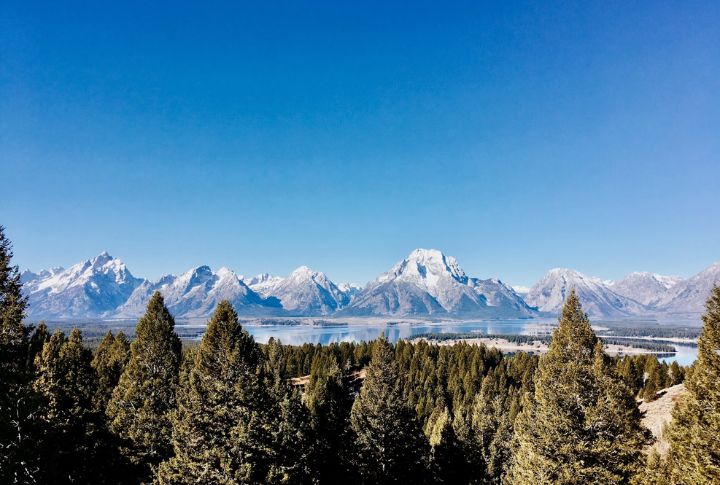
This 640-acre piece, known as the Kelly Parcel, is pretty special. It’s the largest chunk of unprotected property left in the park, sitting in the Gros Ventre River Valley. This parcel serves as a highway for wildlife—elk, pronghorn, mule deer, and others all use it to travel. Preserving it ensures these animals can continue their migrations without disruption.
How Did They Set The Price Tag?
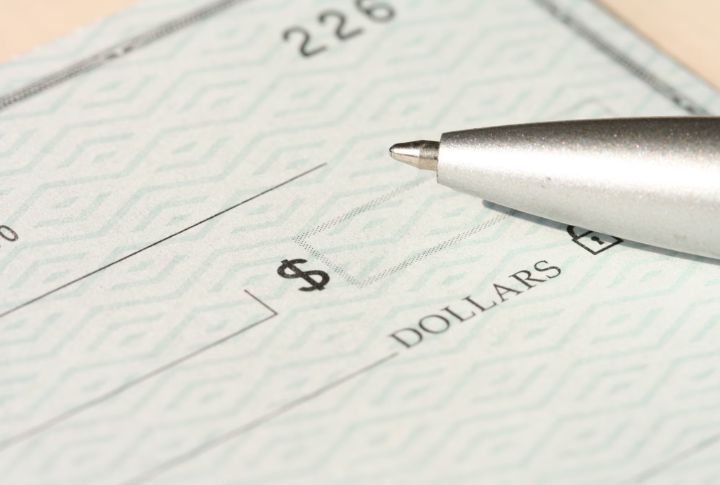
You’d think $100 million is a crazy price for land, but here’s the catch: the parcel was appraised at $62.5 million by the state of Wyoming. The federal government covered that cost, but private donors took care of the remaining $37.5 million. It’s a great example of how private funding complements government programs to protect our country’s most important natural areas.
Why Do Private Donors Care?

It is interesting to note that private contributors were a huge part of this deal. They donated because they care deeply about preserving the ecosystem that lives in the Grand Teton. Many also have personal ties to the park, and they hope that their $37 million will safeguard these spaces for future generations.
Why Wyoming Was Ready To Sell

So why did Wyoming sell such a valuable piece of land in the first place? It comes down to a state law. Wyoming’s school trust lands, which include this parcel, are required by the state constitution to generate income for public education. Selling the land to the federal government satisfied that requirement while ensuring its long-term protection.
The Federal Government’s Role
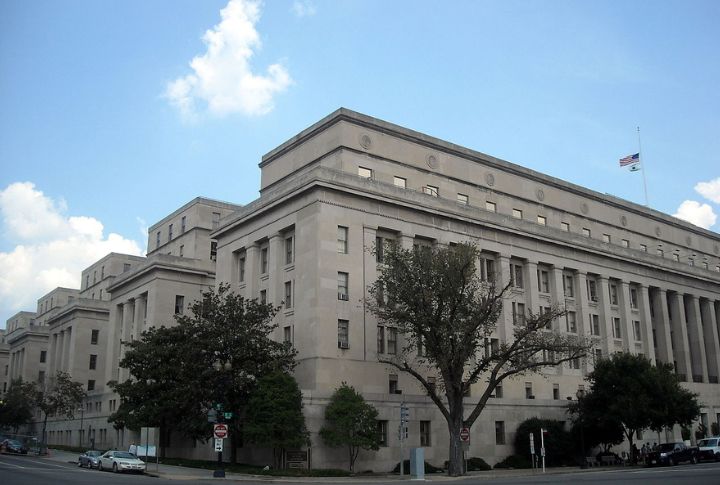
The federal government didn’t just stand by and watch; it played a key role in making this deal happen. The Department of the Interior facilitated the purchase, and ensured that this critical habitat would be preserved for generations to come. It’s part of a broader effort to protect our nation’s most treasured natural areas.
Environmental Value
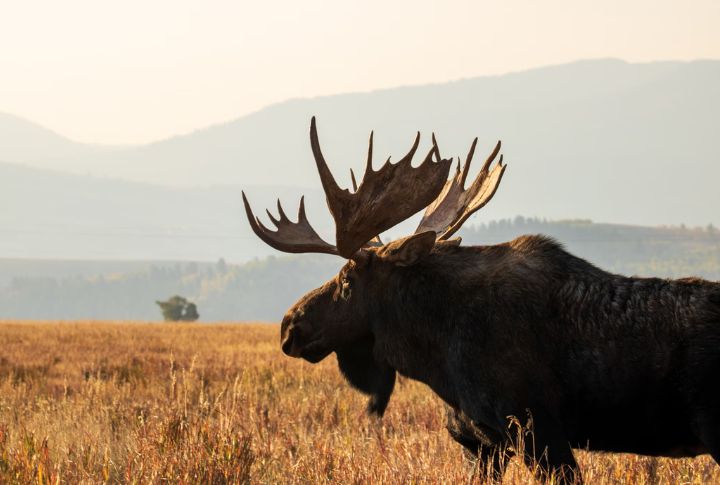
The Kelly Parcel isn’t just beautiful; it’s ecologically significant. This land provides essential wildlife habitats and ensures species can continue moving through the Greater Yellowstone Ecosystem. It’s a vital link in a vast, interconnected natural network. Protecting it means these animals can thrive without interruption.
The Process Was Worth It

This wasn’t a deal that happened overnight. In fact, it took decades of negotiations between the state and federal officials to make the sale a reality. There were plenty of obstacles along the way, but in the end, it was a win for everyone involved. It shows what’s possible when people unite, even under high stakes.
What’s Next?

Now that the Kelly Parcel is part of Grand Teton, what happens next? The park plans to improve visitor access and enhance trails while also working to restore some of the area’s natural habitats. The land may be “protected,” but there’s still plenty of work ahead to ensure it stays that way.
Continuing The Legacy
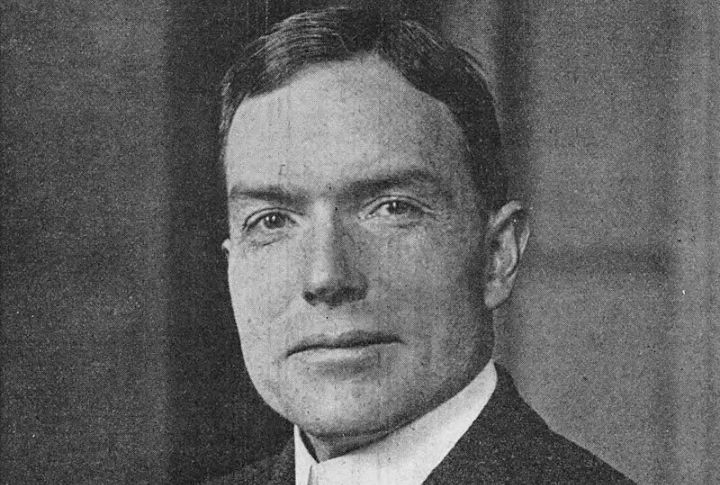
This acquisition is part of a long history of conservation in the region. John D. Rockefeller Jr. was one of the first to advocate for protecting this area back in the 1920s. This new deal continues that legacy, ensuring that future generations will be able to experience the same wonders we enjoy today.
A Nationwide Effort

What’s inspiring about this deal is the widespread support it received. Nearly 400 donors from all 50 states pitched in. It proves that people across the country care about preserving nature and are willing to contribute to the cause. Conservation is larger than any one group. It’s a national movement.
